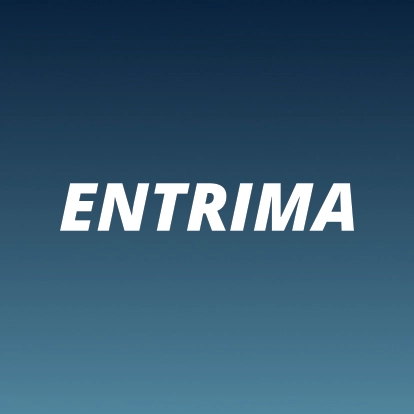The supply chain, or the value chain, concerns the system of organisations, people, technology, activities, information and resources involved in moving a product or service from supplier to customer. In other words, the value chain includes all activities from production to consumption, thus from the source to its destination. In this chain, some companies produce commodities, whereas others store or transport natural resources. Vertically-integrated firms are involved with a selection or maybe even all of these activities.
Upstream, midstream & downstream
The commodity supply chain consists of three main categories of activities, namely upstream, midstream and downstream.
Upstream activities
Production-related activities are considered upstream activities. Production facilities such as oil rigs, copper mines, grain harvesting equipment are typical examples of assets that relate to upstream activities. The pre-phase of actual production also concerns an upstream activity. Examples concern sawing seeds or exploration of metal ores or petroleum.
Midstream activities
Transport- and storage-related activities are considered midstream activities. Midstream facilities include grain silos, oil tanks, underground gas storage facilities, transmission cables for electricity, oil pipelines and vessels for shipment of metals or grains.
Downstream activities
The retail business is a typical classified as downstream, as its focus is on the consumption side. Downstream activities covers the marketing and sales of commodities. This incorporates the sales of products to end-consumers, such as industrial firms or even households.
